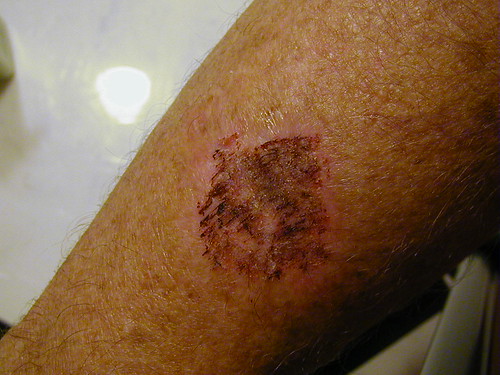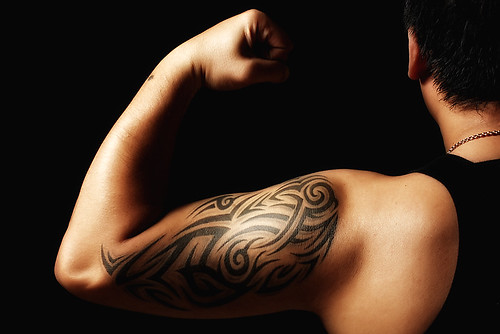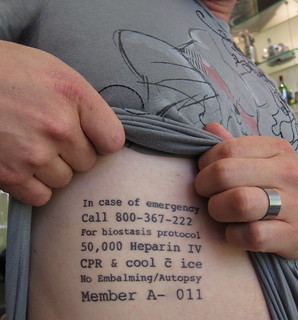So … you want to get inked! Well then, good for you! It’s never easy to decide on getting a tattoo, after all, it is pretty permanent. Unlike piercings that you can remove when you get tired of them, or a hair-style that you can outgrow, a tattoo is pretty much with you – for life!

Image source: Wikimedia Commons
As you may already know, a tattoo is a form of skin art where indelible ink is inserted into the dermis layer of the skin to change its pigment. The word “tattoo” first appeared in written literature through the journal of Joseph Banks, a naturalist who was on board Captain Cook’s ship, the HMS Endeavour. It was Captain Cook who brought the word (referred to as “tattaw”), derived from the Samoan word “Tatau” to Europe, when he returned in 1771 after a successful maiden voyage to Tahiti and New Zealand. However, tattoos have existed long before that. Tattooing was practiced as far back as the Neolithic times as evidenced by the dots and lines found on Ötzi the Iceman’s lower spine, left knee and right ankle. Mummies, such as Amunet from Egypt, and Pazyryk from the Ukok Plateau also had tatts on their bodies.
Types of Tattoos
For most people, tattoos are tattoos – just that. If someone asks “What kind of tattoo do you have?” you’re most likely to say something like, “A sleeve” for a tattoo that covers your arm, “a Body Suit” for tattoos that cover your whole (or majority) of your body, or a “Ta Moko“, a facial tattoo traditionally prevalent among NZ Maoris.
The American Academy of Dermatology, however, don’t classify tattoos according to what body part it is found on. They classify tattoos based on what these are for. The five tattoo types are as follows:
Traumatic Tattoos
A traumatic tattoo occurs when a substance, such as coal dust, asphalt, gunpowder, is rubbed into an open wound through constant exposure to the substance, or as a result of an accident (being stabbed by a pencil or a pen, which will leave ink beneath the skin). These are difficult to remove as they are usually spread across a wider area and affect several layers of the skin.
Amateur and Professional Tattoos
These kinds of tattoos are the most common and what many are familiar with. These tattoos usually serve as a person’s rite of passage, or to identify one’s status and rank in society, decorations for bravery, pledges of love to a relative of a significant other, representation of family … the reasons behind these are endless.
Identification Tattoos
 Image source: Wikimedia Commons
Image source: Wikimedia Commons
Tattooing for the purpose of identification is no longer being used. The last time this happened was during World War 2, when the inmates in Nazi concentration camps were forcibly tattooed in order to identify who were prisoners in specific concentration camps. Nowadays, tattoos are sometimes used by forensic pathologists to help identify burned or mutilated bodies. However, the tattoos were not applied specifically for identification purposes.
Cosmetic Tattoos
Image source: Wikimedia Commons
Cosmetic tattoos are those that are applied to resemble make up, it is for this reason that these kinds of tattoos, usually done on the eyebrows, lips (either to outline the lips or the entire lip area, as lipstick), eyes (as eye liners), and to some extent moles.
Medical Tattoos
A medical tattoo is one used to indicate for medical purposes. Some reasons for medical tattoos include ensuring instruments are properly located for repeated application, tattooing an areola in some forms of breast reconstruction, and to convey special medical information about the wearer (e.g., usually the blood group, medical condition, etc.).
Whatever the reason behind your getting a tattoo, make sure that you have this done at a reputable tattoo salon, and more importantly, you follow the after-care instructions given by the tattoo artist. The last thing you want is for your beautiful artwork to be damaged because of infection or improper caring procedures.



